Hunting for sewing machines, or Why antique dealers need Grandma's "Singer"
Categories: History | Production
By Pictolic https://pictolic.com/article/hunting-for-sewing-machines-or-why-antique-dealers-need-grandmas-singer.htmlOn August 12, 1851, the American tailor Singer patented an improved sewing machine. This ingenious invention changed the economy. And the black sewing machine "Singer" not only firmly entered the Russian culture (they even erected a monument to it in Novosibirsk), but also overgrown with myths and legends. We offer to sort them out.
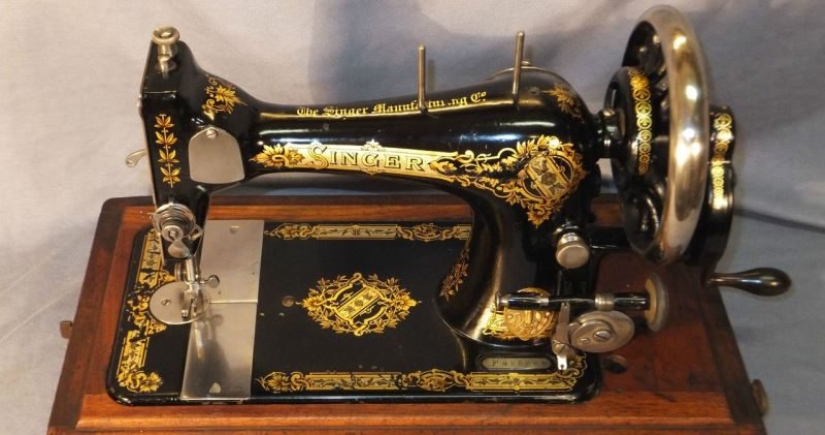
Many of us have come across old mechanical sewing machines used by our grandmothers and great-grandmothers. Some still have a suitcase with a mechanism from the era of developed socialism, or even pre-revolutionary time, gathering dust in the garage or in the attic. Antique dealers are happy to buy these cars, offering a little money for them, but do not rush to get rid of this junk — you may regret it later.
Only 30-40 years ago, a weighty wooden suitcase with a rounded lid was in almost every family and everywhere it was cherished like the apple of an eye. This is not surprising, because under the high—quality, varnished plywood cover, there was an object that was the second value of any family after the TV - a manual sewing machine of the Podolsk Mechanical Plant.
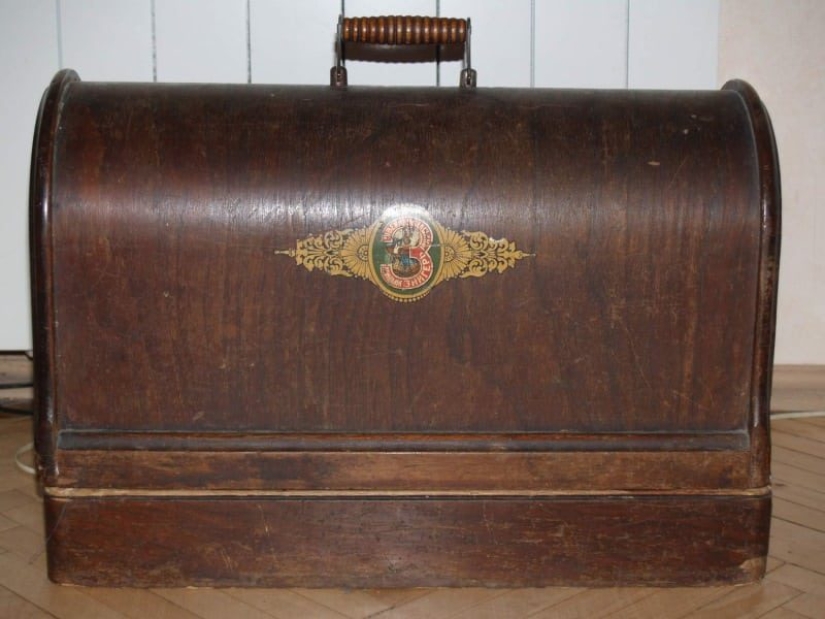
As a child, this amazing device, which seemed complicated and incredibly interesting, could be viewed indefinitely. Smooth curves of the massive body, chrome decorative overlays with complex ornaments, handles polished to a mirror shine by the hands of grandmothers and mothers, and, of course, the sewing mechanism itself with a needle is dangerous, incomprehensible, but attracts like a magnet.
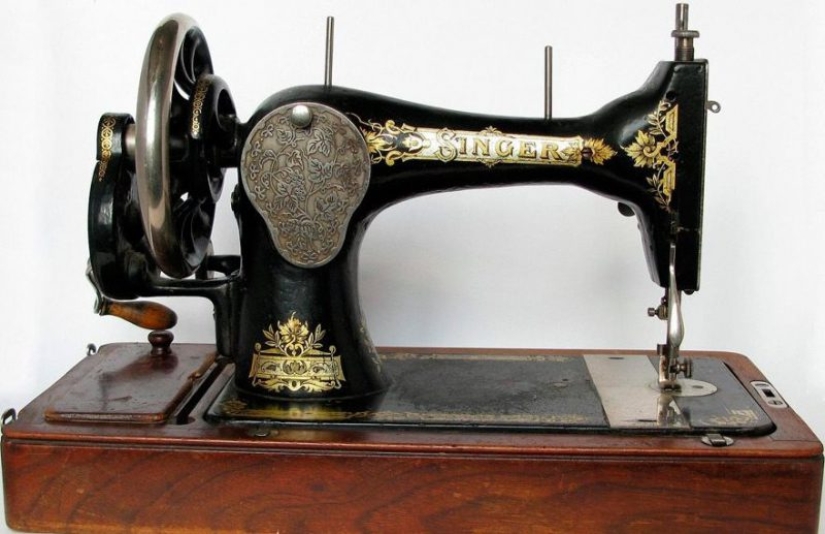
Modern sewing machines, stuffed with automation and are no match for the old "hemlines". The new devices lack a soul, which can be defined as the desire of the manufacturer to make a thing not only functional, but also beautiful. But where did the products of the Soviet mechanical plant come from such elegant outlines and refined style?
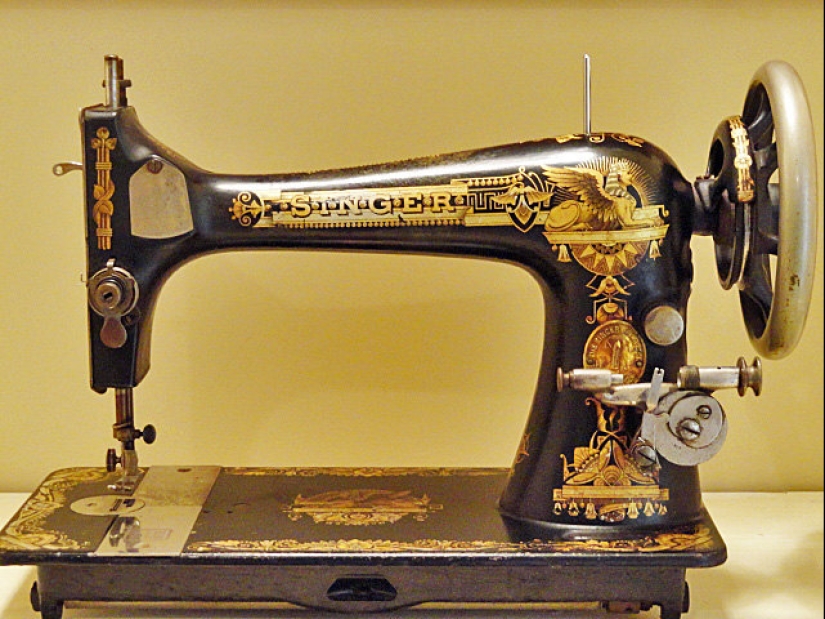
It's simple — Podolsk sewing machines inherited their design and device from pre-revolutionary products and are an exact copy of the world-famous American sewing machines of the Singer factory. The heyday of the sewing equipment company came at the heyday of modernity, and this spectacular style left its mark on the products, making them as aesthetic as possible.
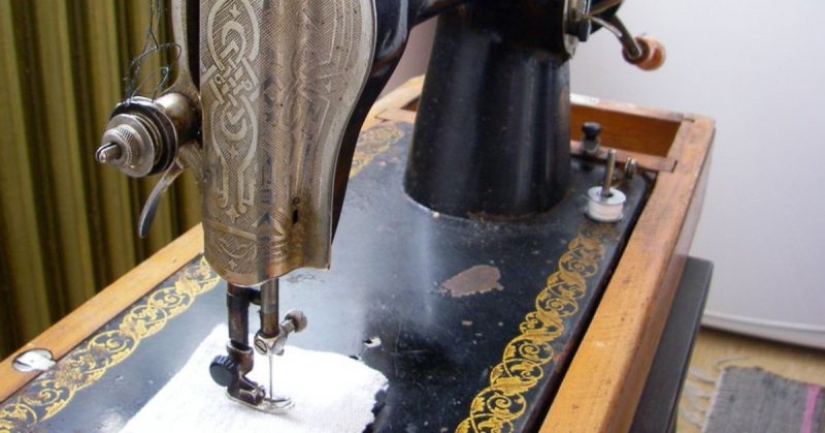
The Singer company released its first typewriter in 1851, and after only 10 years its products were known all over the world. The secret of success was, first of all, in the quality of the sewing machines produced, as well as in the active sale of franchises by the company, which helped in a short time to conquer the market of most developed countries.
At the beginning of the XX century, the Singer enterprise appeared in the Moscow region. To organize production in the Russian Empire, an American company bought a plot of land in the rundown town of Podolsk, whose population at that time numbered only 5,000 people. The land here was cheap, and the railway passing through the city made it easier to deliver raw materials and send finished products.
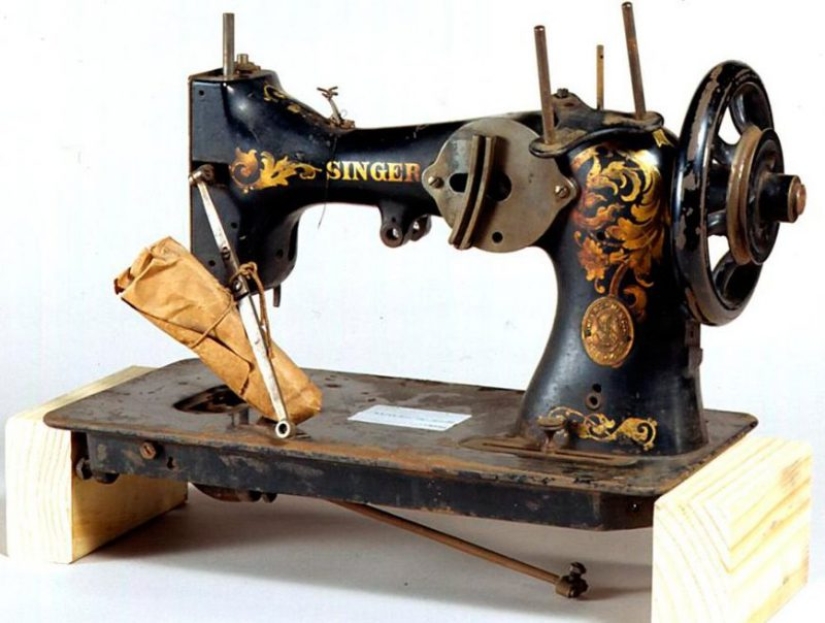
Soon the factory turned into the most powerful enterprise in Europe for the production of sewing equipment. In 1914, the company produced 600,000 units of products, which were sold worldwide. 3000 branded stores have been successfully operating in Russia alone. Sewing machines were also sent by mail — it was possible to order an American miracle of technology produced near Moscow, even on Sakhalin.
China, Japan, and Persia became major consumers of Podolsk cars — buyers in these countries were ready to wait for the cherished car for months. The scale of production was so serious that by the end of 1914, Russia became the world's second largest manufacturer of sewing machines after the United States, with a turnover of 63.5 million rubles.
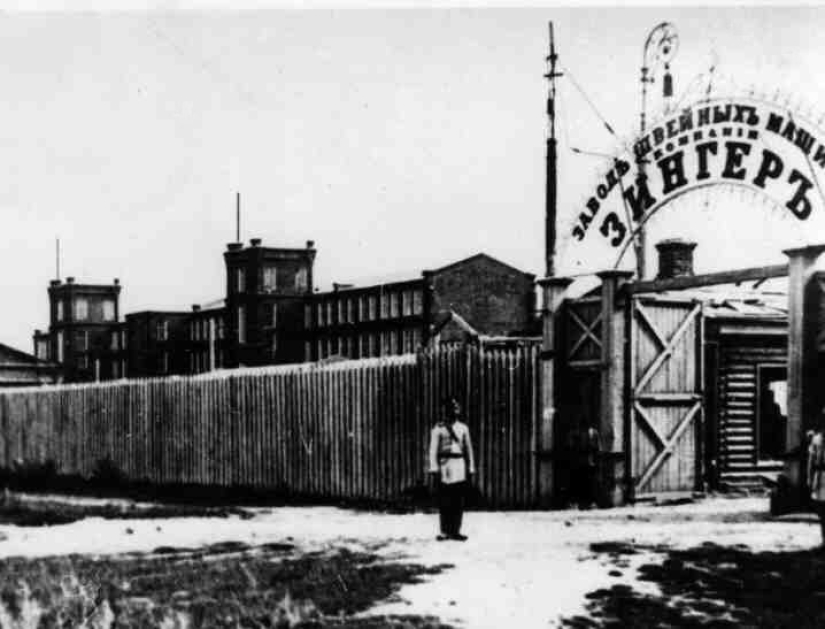
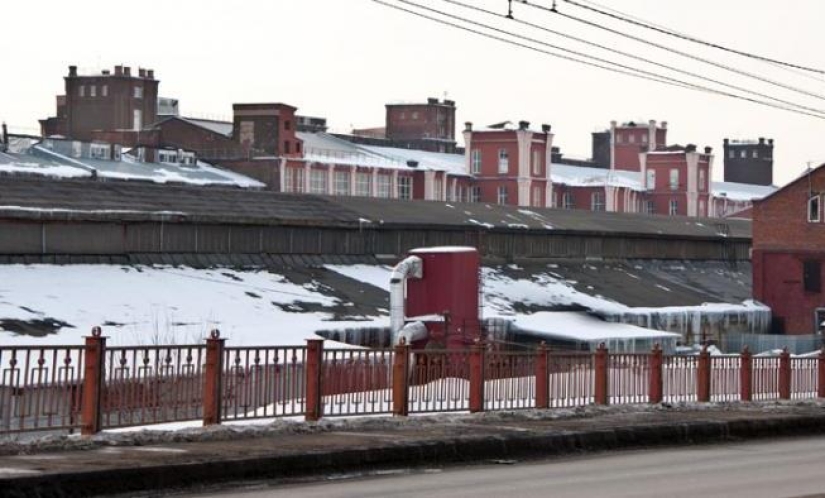
The Russian branch of the company was able to afford a luxury office in St. Petersburg on Nevsky Prospekt. The building amazed contemporaries not only with its beauty, but also with technical innovations — there were elevators in it, and snow removal from the roofs was carried out automatically. This building still pleases the eye today — it is in it that the main office of the VKontakte company is located.
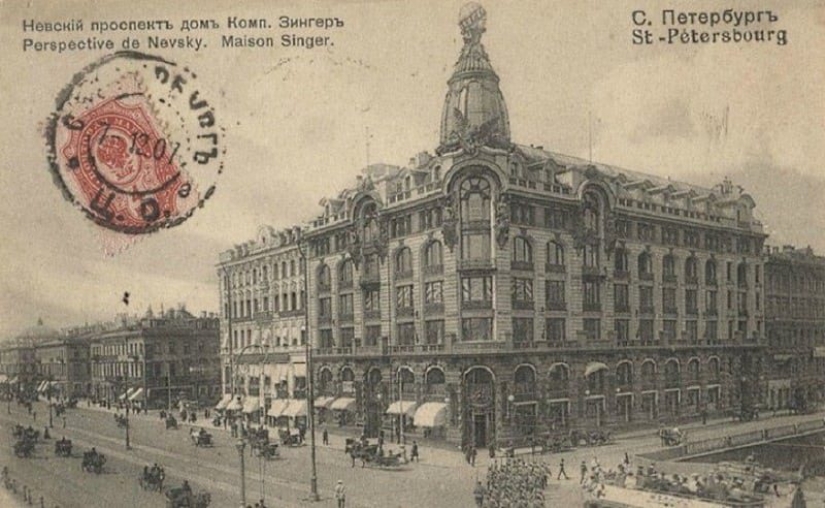
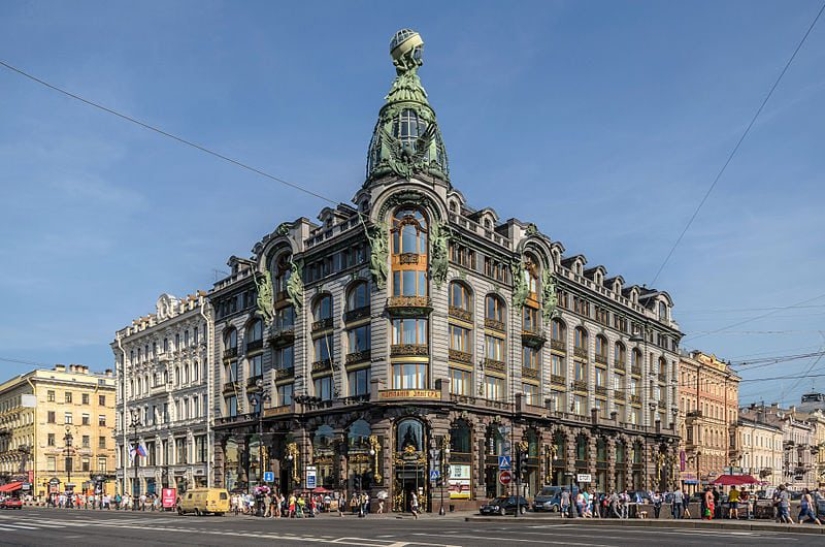
During the revolutionary events of 1917, the Podolsk plant stopped. Fortunately, the company's equipment survived two revolutions and the Civil War, which allowed the resumption of production of sewing machines in 1923. The products were now produced under the trademarks "PMZ" (Podolsk Mechanical Plant) and "Gosshveymashina".
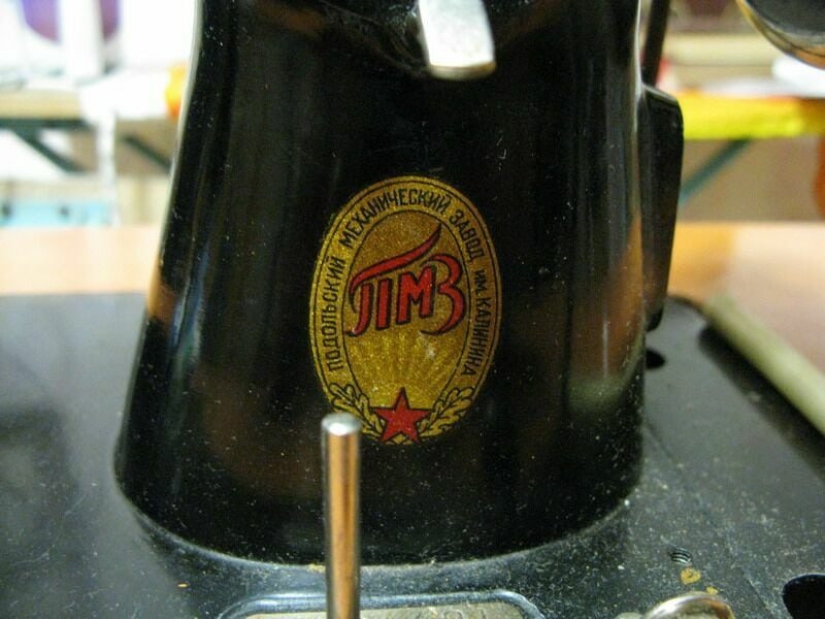
The sewing machine developed by American designers turned out to be so successful that it was produced almost unchanged for several decades. Even the design has not changed — "modern" patterns of the beginning of the XX century have become a mandatory attribute of Podolsk devices.
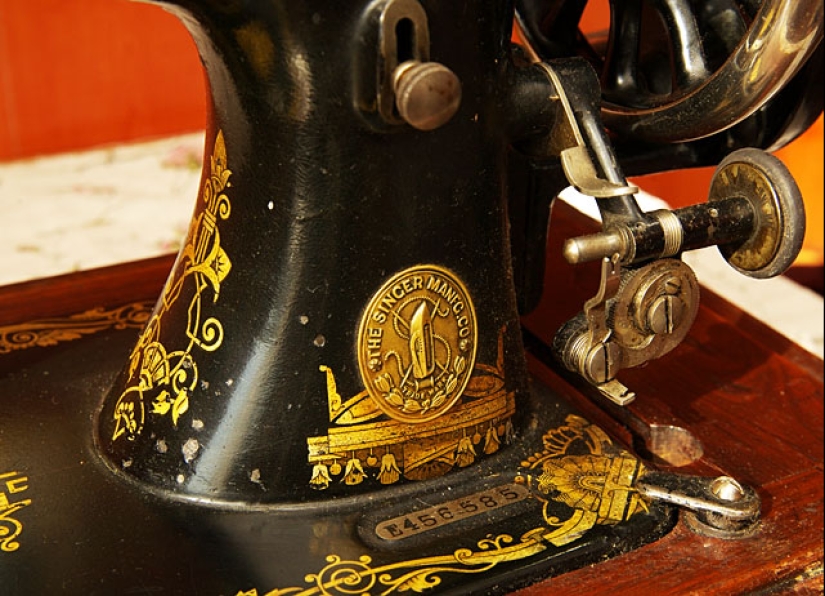
There are many legends associated with the Singer equipment. One of them, the most famous, says that allegedly in 1998, the management of the company, which is thriving, by the way, to this day, announced the payment of remuneration for sewing machines with a serial number starting with one.
No one has seen official confirmation of this statement, but antiquarians began to buy up sewing machines of the company en masse, sparing no effort and money for this. Of course — there were rumors that old sewing equipment was being bought for amounts from 30 thousand to 1 million dollars. Of course, the story with the "serial" did not end with anything, leaving fans of profit stacks of high-quality, but obsolete cars many years ago.
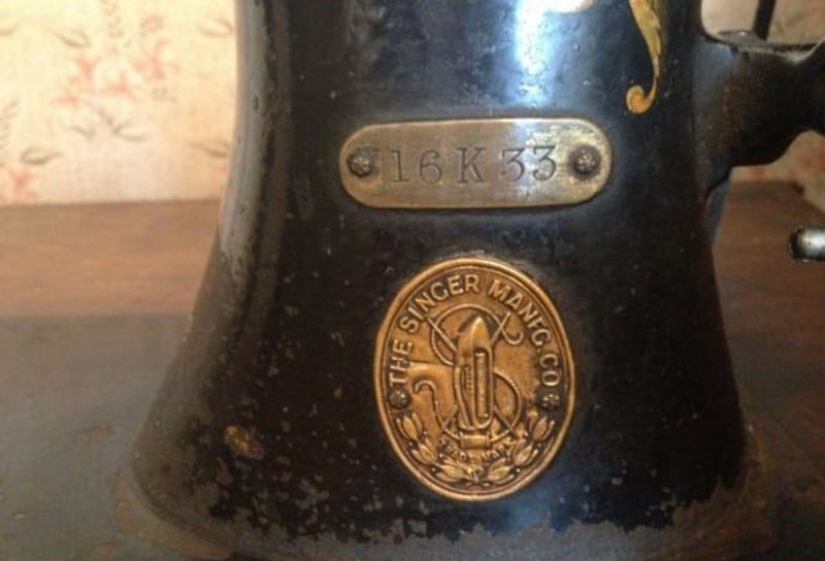
Another legend is connected with the content in the first models of the product of the rare-earth metal palladium, which is valued much higher than gold. In addition, rumors periodically arise about the content of some "red mercury" in the needles of old "Zingers", which is of great value.
Whatever it was — sewing machines of the American brand are still appreciated and their value only increases over the years. Therefore, if you accidentally found this interesting rarity at home, do not rush to get rid of it — after a while it will be valued much higher.
Recent articles

Treasures are all associated with pirates, robbers and the affairs of bygone days. You will be surprised, but countless treasures ...

Professional street photographer Eric Kim teaches his craft in workshops around the world. Next, you will find some tips from a ...

An Englishman, a German and a Russian meet... No, this is not the beginning of another joke, but a rough description of a video ...